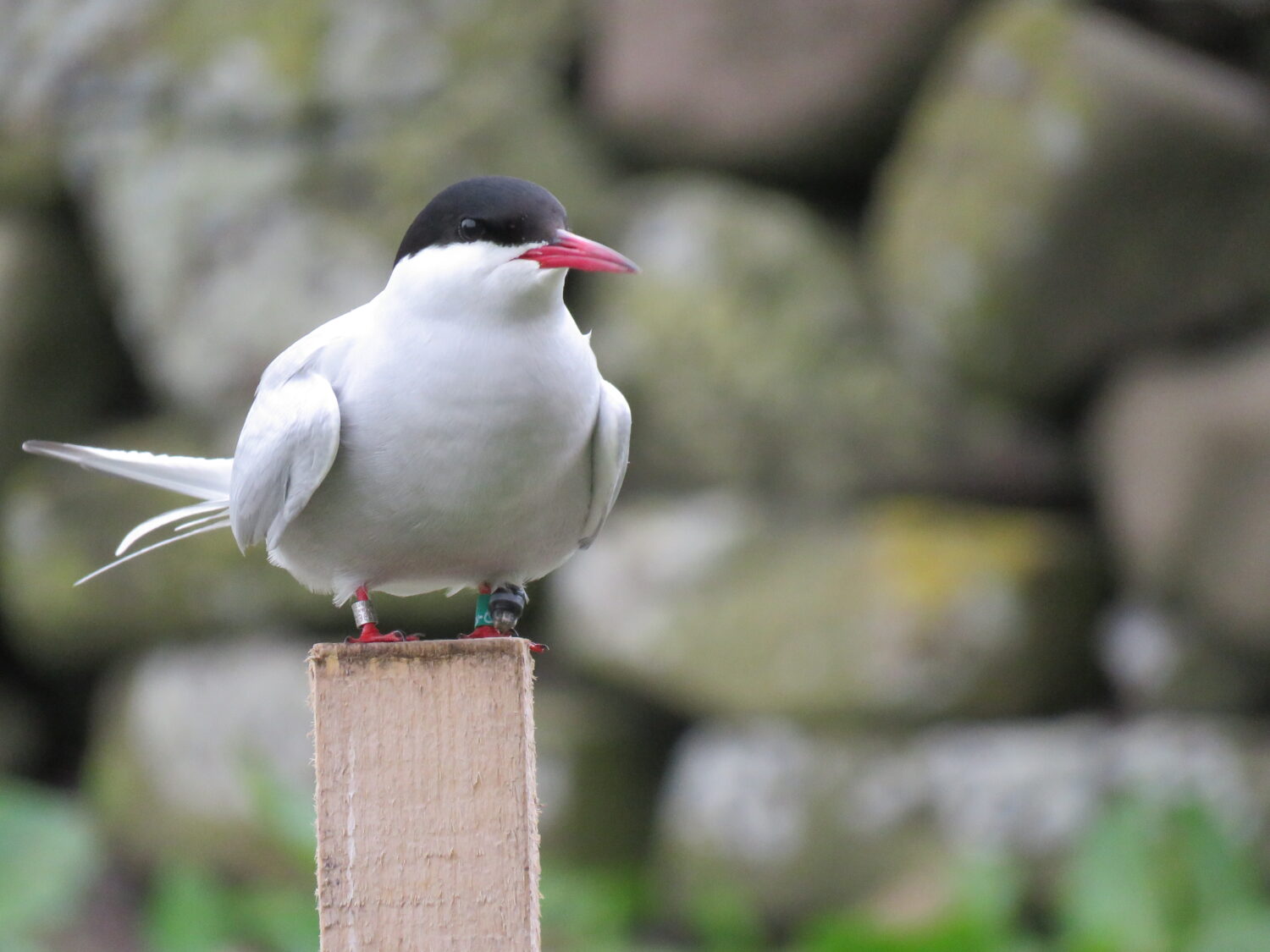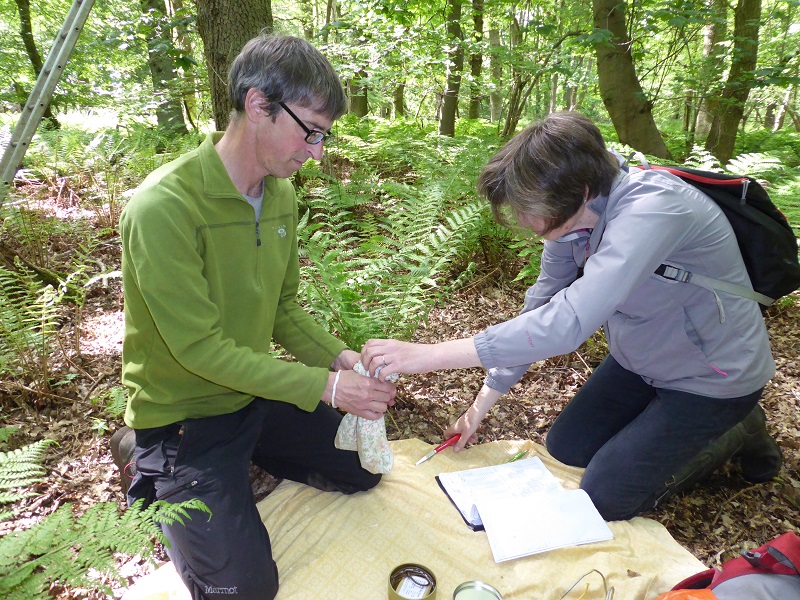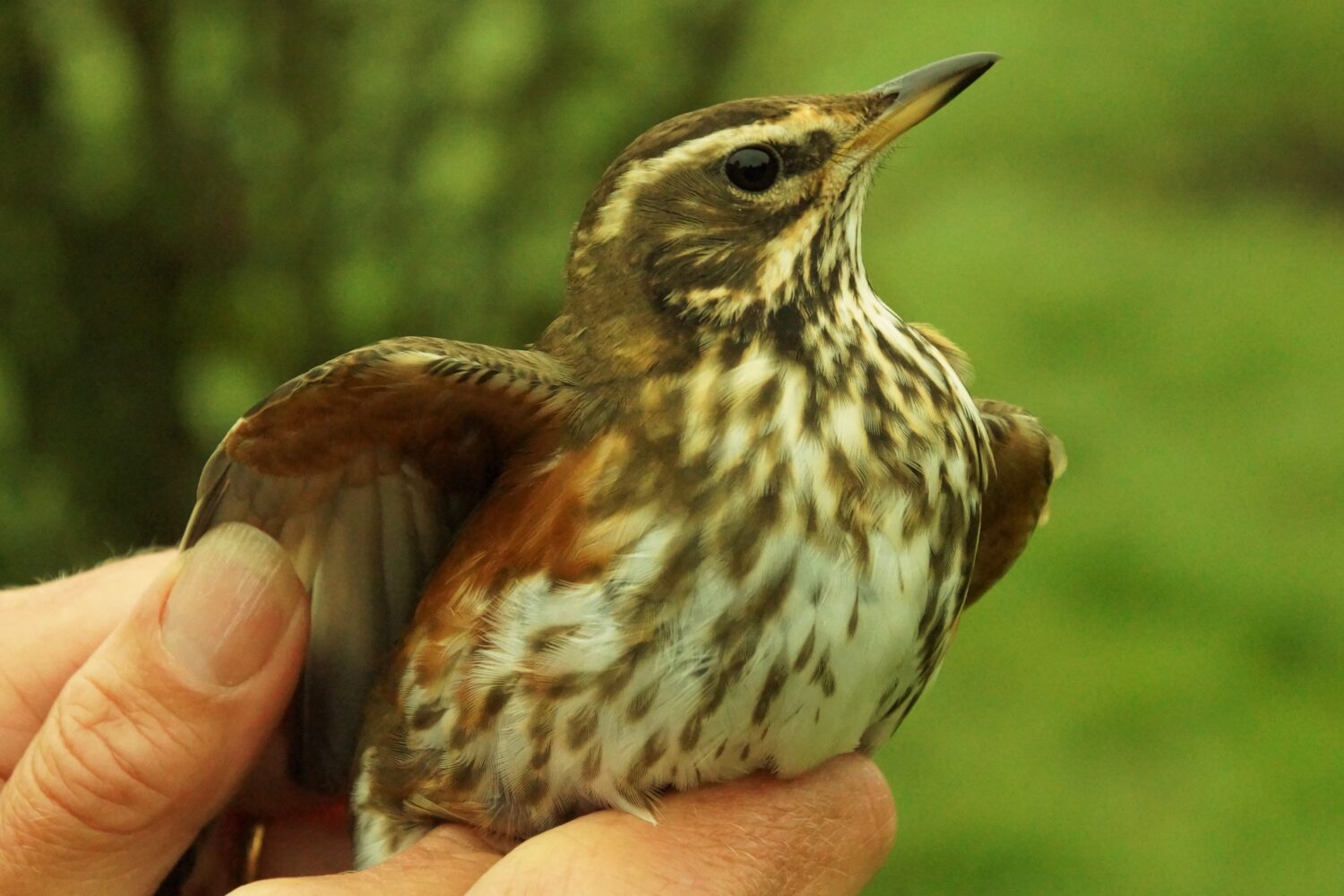Bird Ringing
NHSN volunteers have been involved in bird research for many decades, particularly through the use of bird ringing and satellite tagging as a conservation and monitoring tool.
The Natural History Society of Northumbria’s ringing group has 3 main ongoing projects.
If you are interested in joining our Ringing Group and training to become a qualified bird-ringer, please see below.

Ringing on Farne Islands and Coquet Island
Ringing takes place on Coquet Island and the Farne Islands during the spring and summer months when thousands of seabirds return to the Northumberland coastline to breed and raise their young. Ringing seabirds on Coquet and the Farne Islands has helped to glean insights into the movements of our breeding seabirds in Northumberland and far further afield.
Bird ringing work on the Farnes and Coquet Island has expanded in recent years towards more-focussed studies in which ringing is used as a means of monitoring changes in the survival and growth of terns and other seabirds from year to year.
Studies have been extended with the formation of the Farne Islands Marine Research Group, a collaboration between ornithologists and scientists in the Society, the University of Newcastle and the National Trust.

Ringing at Gosforth Nature Reserve
In addition to our coastal research, the NHSN Bird Ringing Group carries out a programme of constant-effort ringing in the nature reserve. This involves using mist nets set in standard sites at intervals to catch and ring birds. The data collected contributes to a national database and helps to monitor changes in the abundance and productivity of British birds.
Reed Warblers are a speciality of Gosforth Nature Reserve which holds the biggest breeding population this far north in the UK. Ringing is the only way this species can be monitored effectively, and current trends suggest that the population is increasing as the area of reedbed is expanded.

Autumn migration at Low Newton
Set right on the east coast, Low Newton-by-the-Sea offers a great vantage point from which to conduct ringing during the autumn months. The autumn migration of birds flying to their wintering sites can provide a great spectacle and ringing has led to great advancements in the knowledge of how, where and why migration takes place. Low Newton-by-the-Sea offers a good chance of catching “drift” migrants during the autumn with birds being pushed across the North Sea by winds and weather systems.